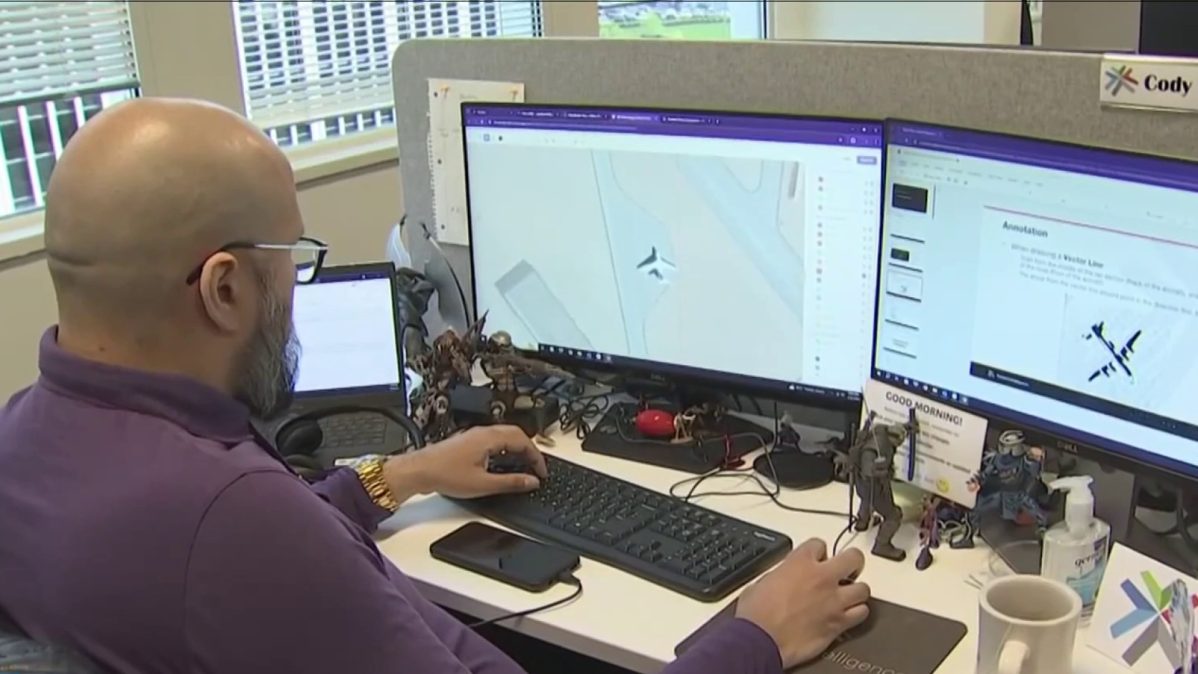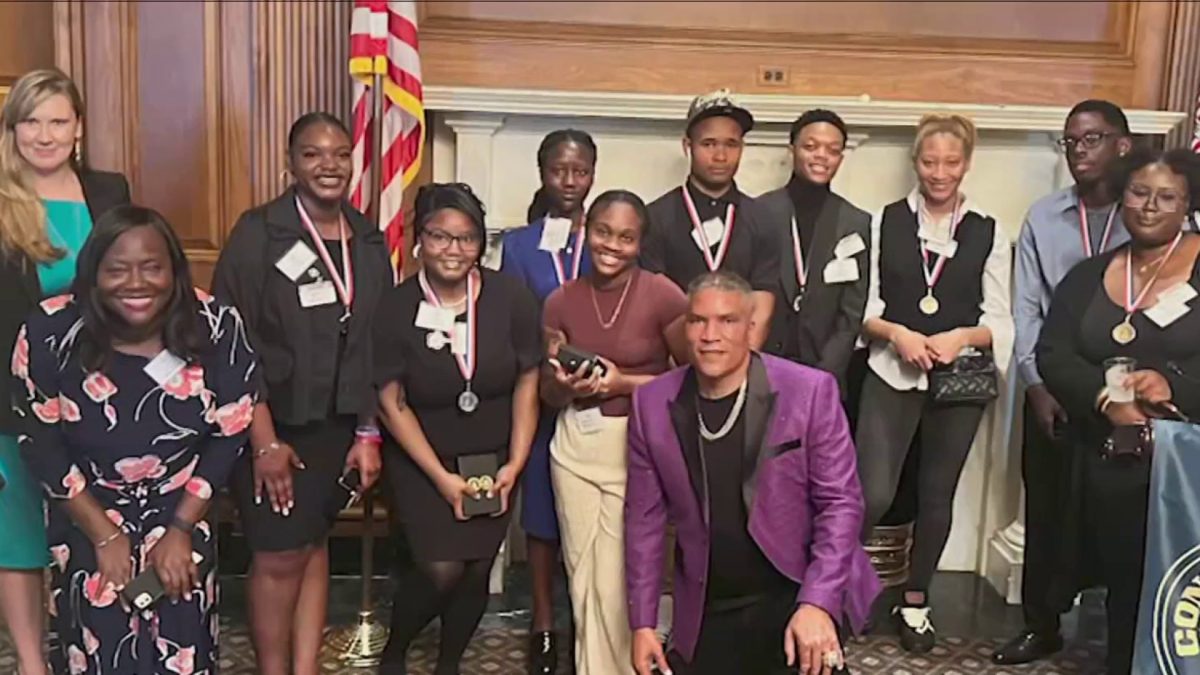In one of the nation's richest counties, where even middle-of-the-pack households earn about $95,000 per year, more than 100 medically vulnerable and long-term homeless people who have carved out their own ways to survive.
Montgomery County, Md., released results of its first Registry Week survey to identify its most vulerable homeless population Wednesday, the result of volunteers who sought out homeless people in emergency shelters, on the streets, in jails, in hospitals and, sometimes, in encampments in the woods last week.
"The wooded patch that might be behind your local 7-Eleven is not just that," said Montgomery County Council member Craig Rice. "Somebody's living there."
Each year, the county counts its homeless population, as required by the U.S. Department of Housing and Urban Development. In January, the census found 1,004 homeless men, women and children, according to Montgomery County Coalition for the Homeless (MCCH).
Advocates for the homeless said Montgomery County's affluence -- where the average price for a single-family detached home is more than $560,000 -- can hide the size of its homeless population.
"Folks are like, 'Do we have any homeless people here?'" said Jennifer Schiller of MCCH. "...Sometimes they're in hidden locations. Oftentimes they're suffering from severe mental illness coupled with real medical needs."
The numbers are sobering. Volunteers spoke with 369 homeless people and found that 156 of them were identified as medically vulnerable and experiencing homelessness for long periods. Of those surveyed, 31 said they were veterans and 26 percent of them have been victims of "violent attacks." The average age was 45.6, with 15 people older than age 65.
Local
Washington, D.C., Maryland and Virginia local news, events and information
As a group, they had been hospitalized 677 times in the past year; 40 percent of them reported having at least one serious medical condition. Almost a quarter were characterized as "tri-morbid": They had a mental health diagnosis, a physical disability and an active history of substance abuse.
The survey was conducted as part of the national 100,000 Homes Campaign, a joint effort that includes the MCCH, the Montgomery County Department of Health and Human Services, and other government agencies and nonprofits.
Schiller and hundreds of volunteers set out at 3:45 a.m. three days last week to conduct the census. In the middle of the night, the volunteers can logically identify people who are homeless. It also gives them time to search, with volunteers clicking on flashlights and venturing into a few of Montgomery County's vast wooded areas for encampments where homeless people live.
In many of those encampments, people had arranged setups reminiscent of those found in any home. Next to a pile of beer cans was a place to prepare food. Under now-bare tree limbs, mattresses were piled in a jumble to sleep on. Buckets served as tables, shoes marked pathways, and possessions were hidden in piles of leaves.
"They've been relegated to hiding in some of the corners and back stairwells and small wooded patch areas, and that's where they call home," said Rice, the council's vice president and a volunteer for the census. "We still have the homelessness challenge here in Montgomery County; it's just not seen."
Rice says the data will help the county council further reach its homeless population. They can then take steps to bring them back into society.
Schiller hopes it will help accomplish another goal: keeping the county's most vulnerable people alive.
In one encampment, volunteers left behind blue water bottles, filled not with water but with snacks and information on resources in the county for people who are homeless.
Census volunteer Rev. Jeffrey Thames has worked with the homeless for years. "It’s so beautiful around here in Montgomery County and things are so spread out that [homelessness] gets lost," he said. "We see the panhandlers, but we don’t associate them with the struggles and pains they go through. The abandoned buildings are not here, and the urban blight is not here, but look closely and you see the same signs as in an urban inner city, right here in our own backyards."
The county may conduct the survey again in the future, according to MCCH.



